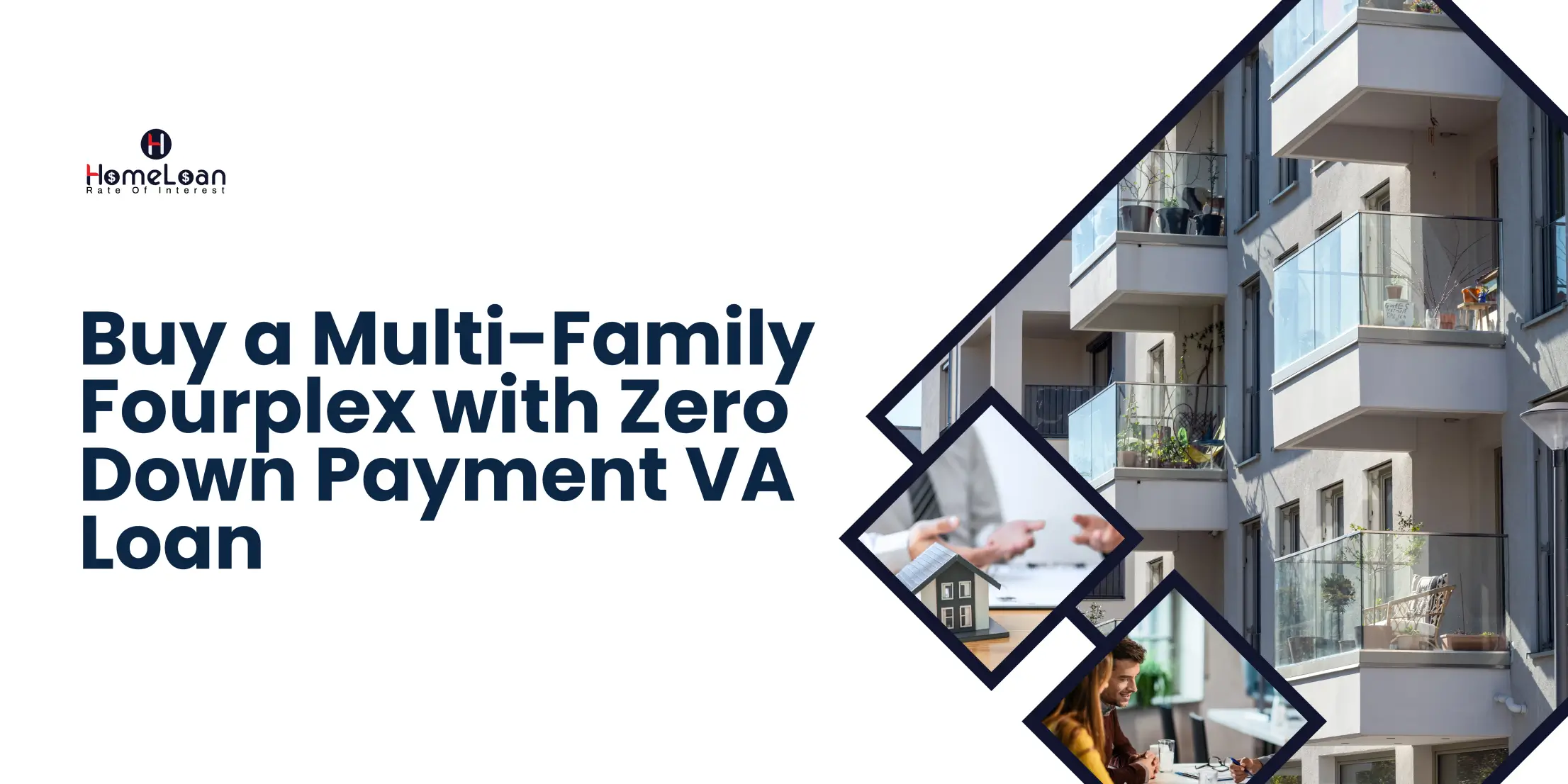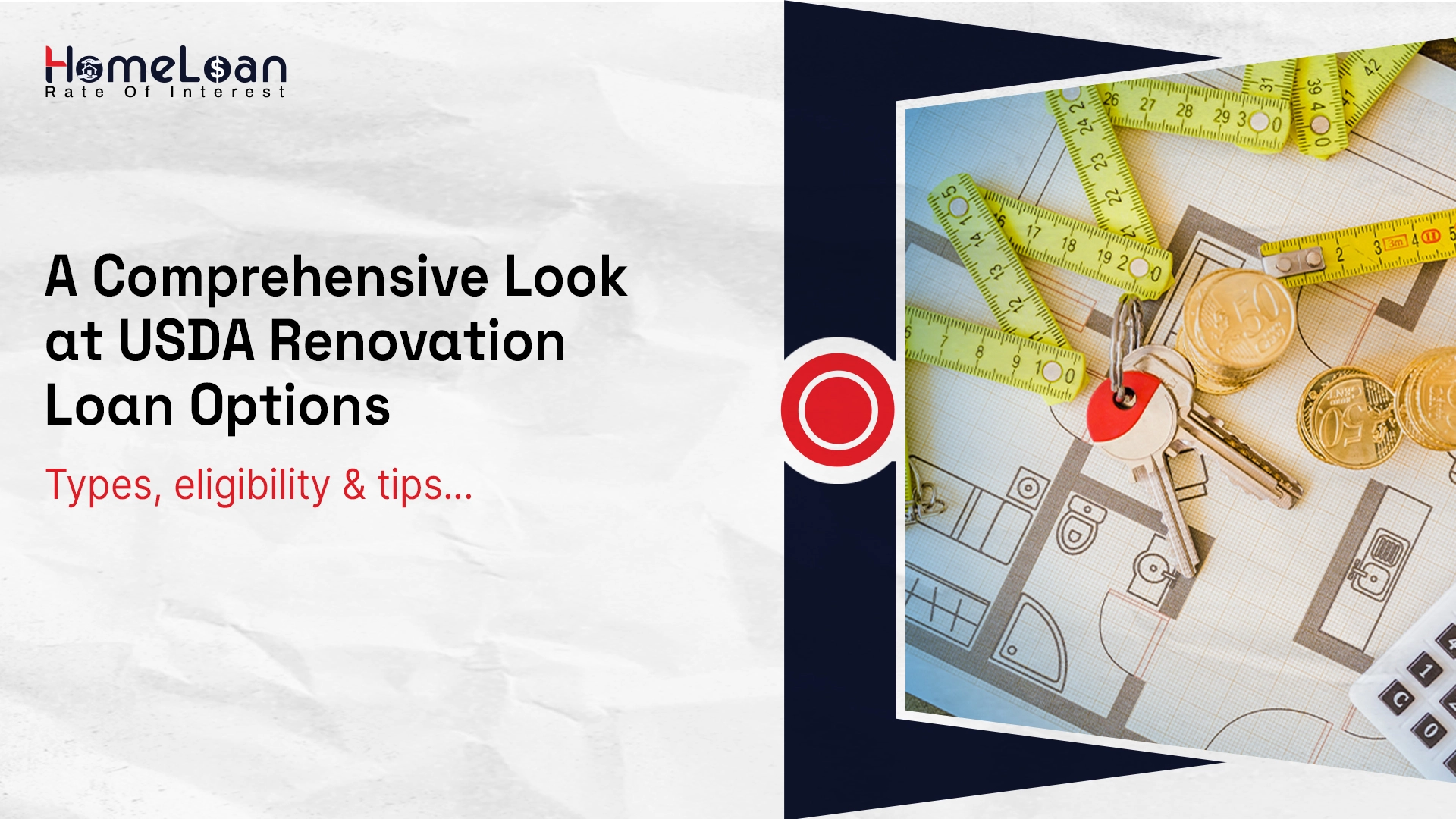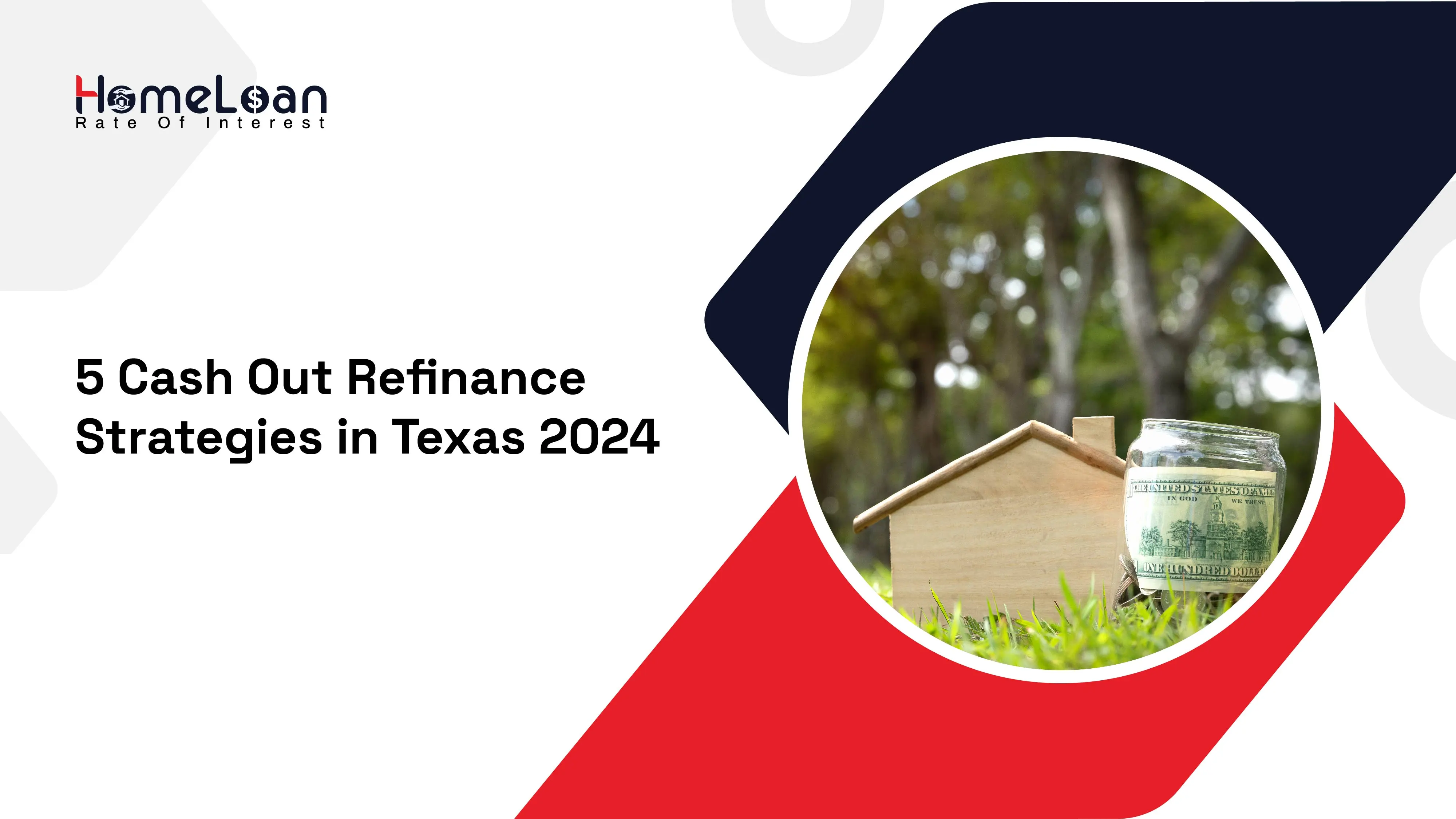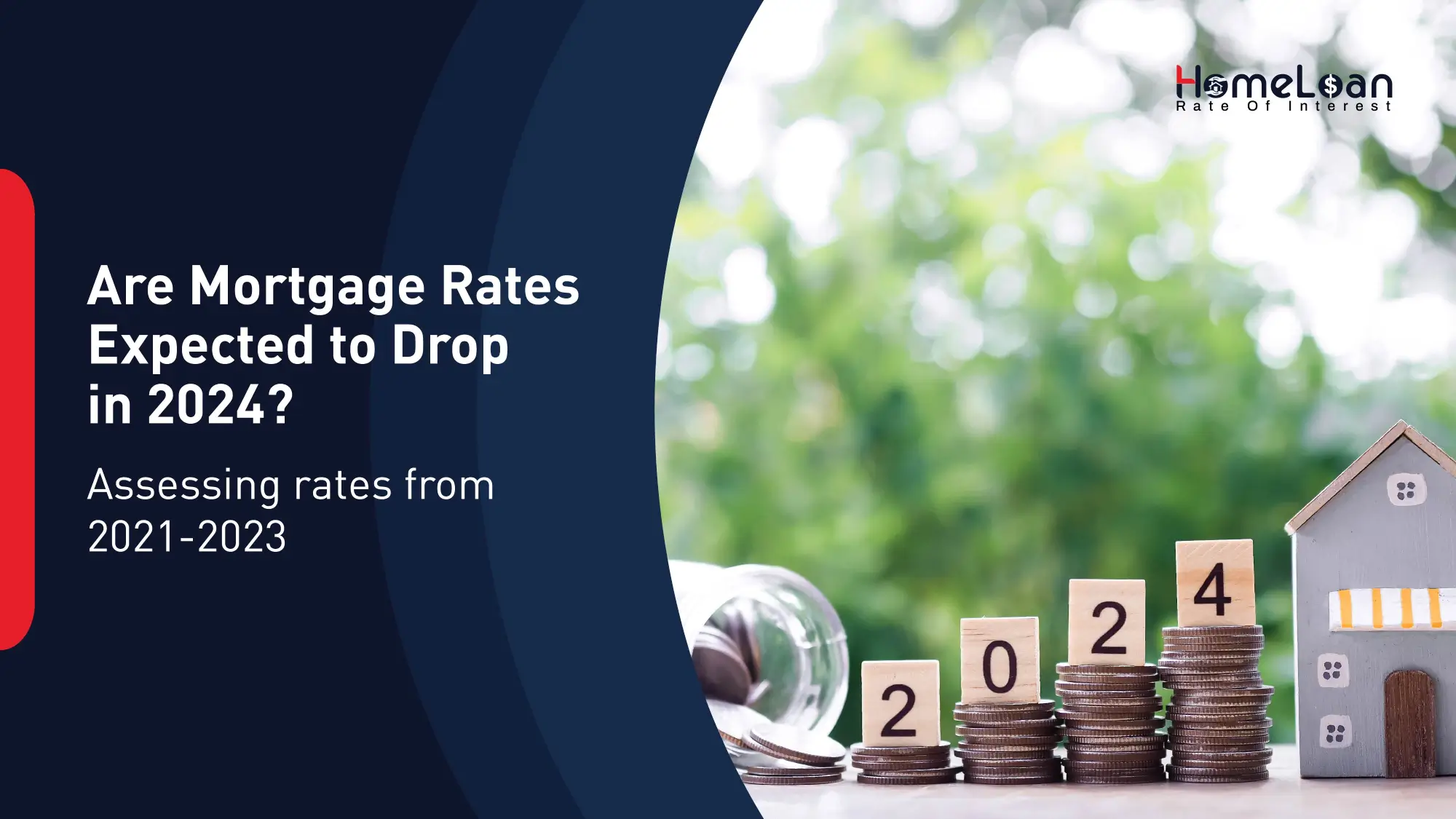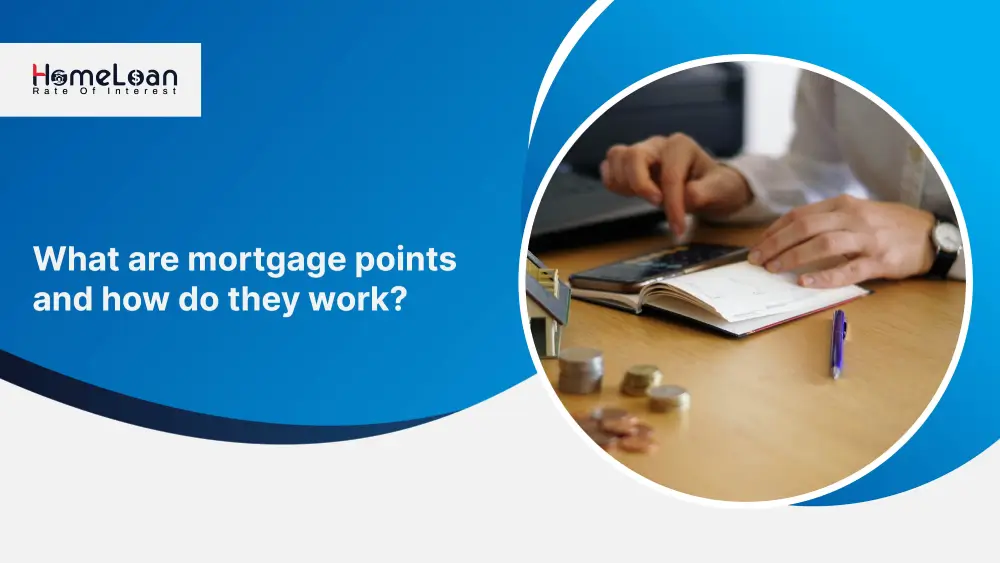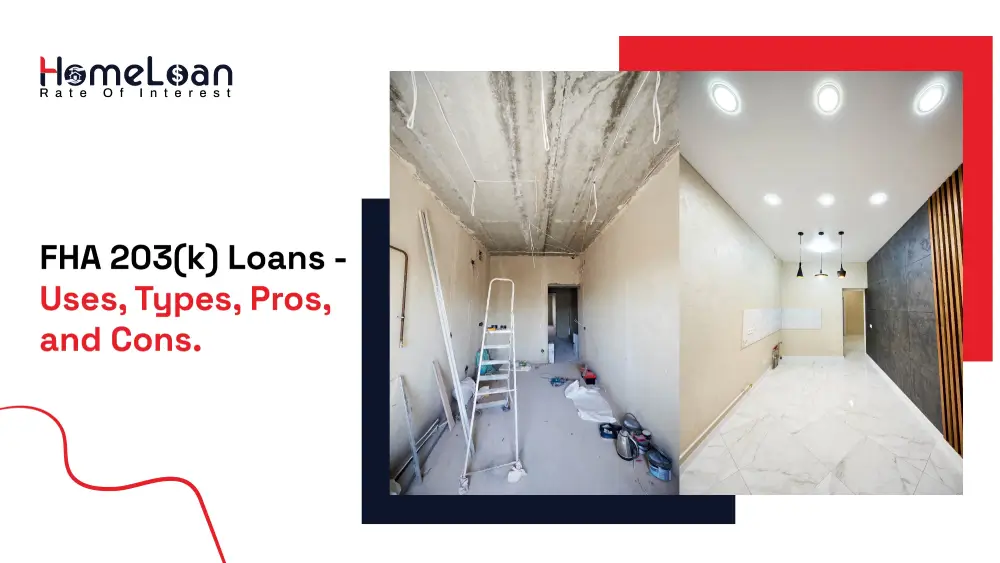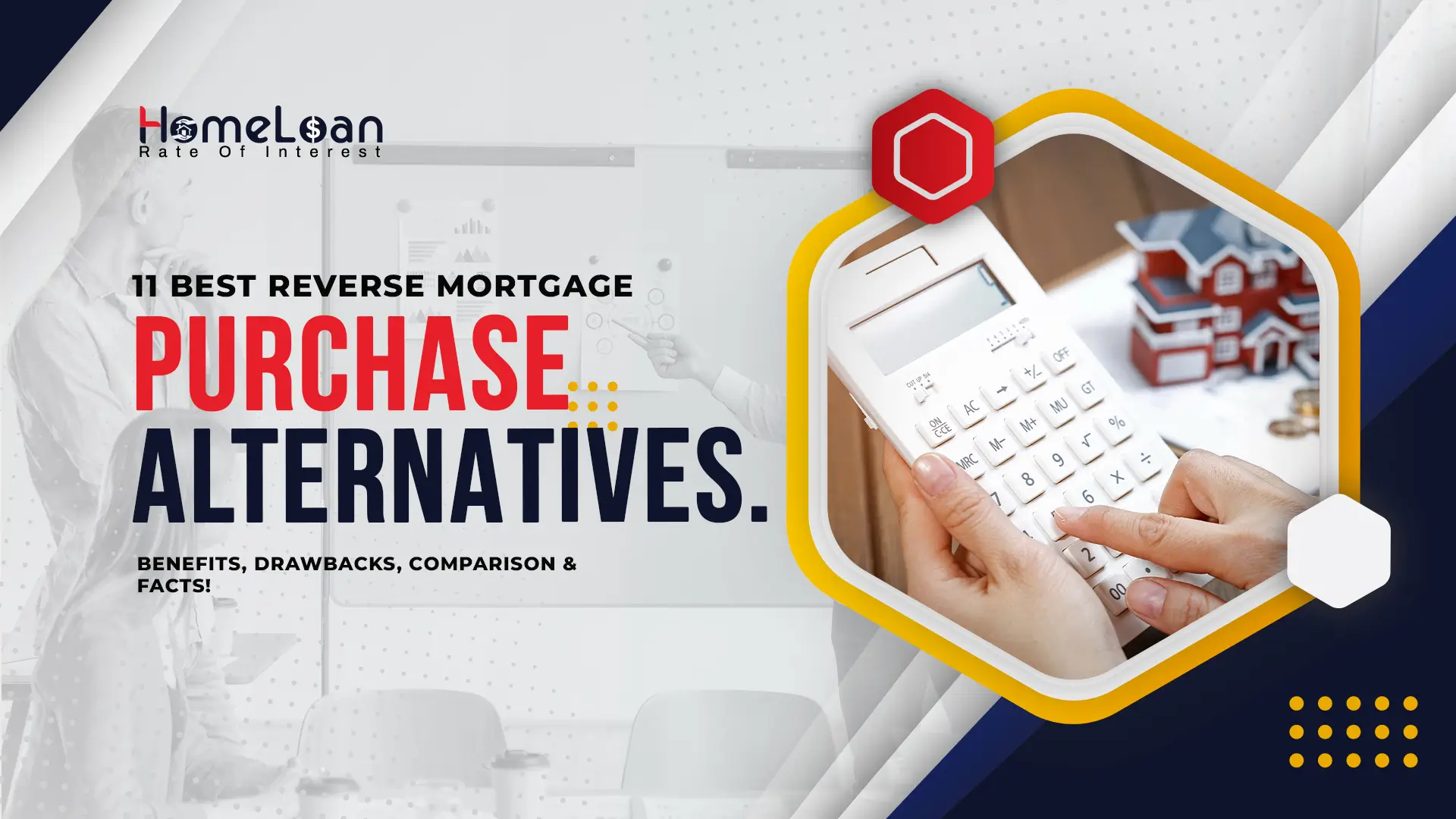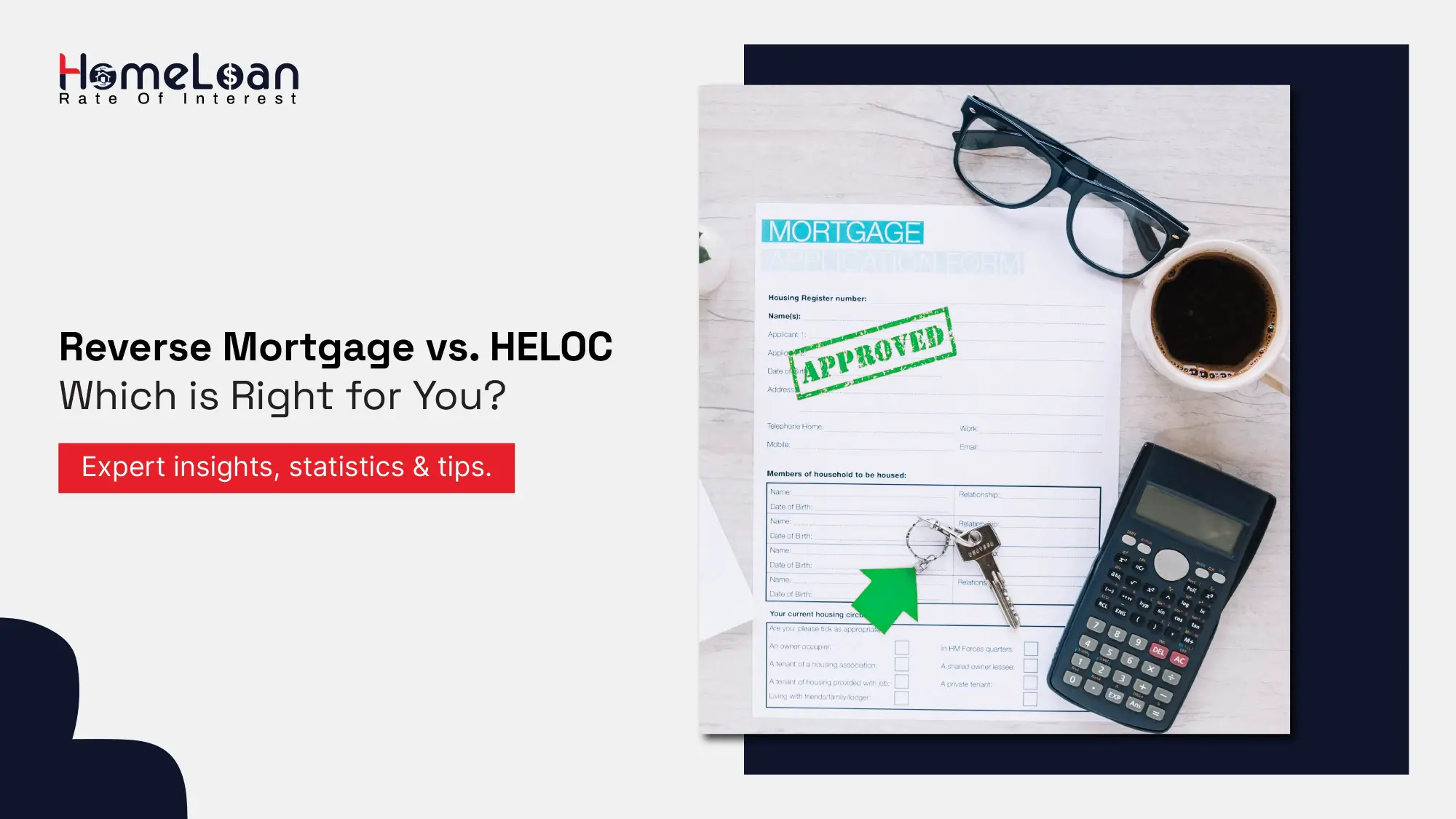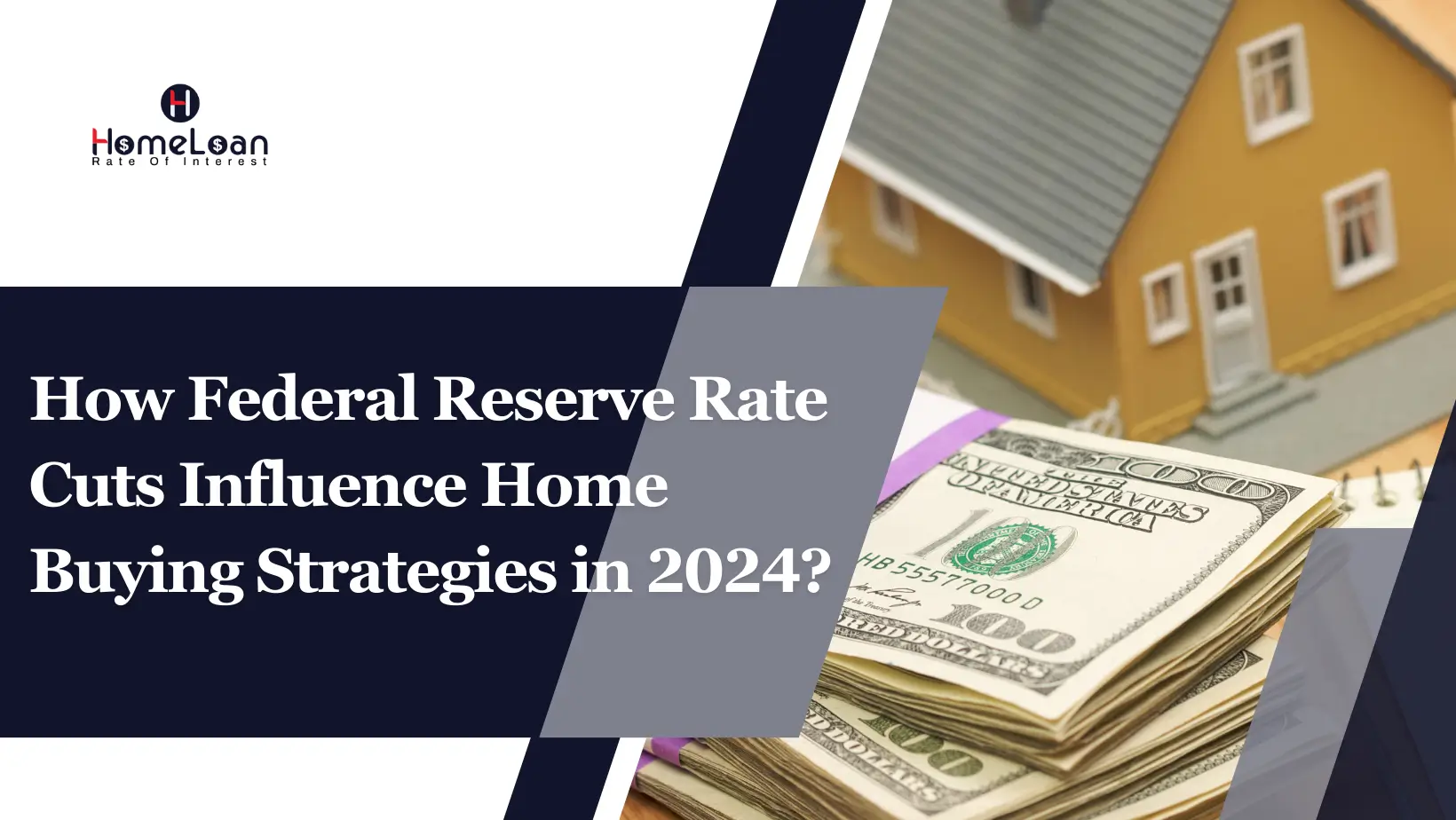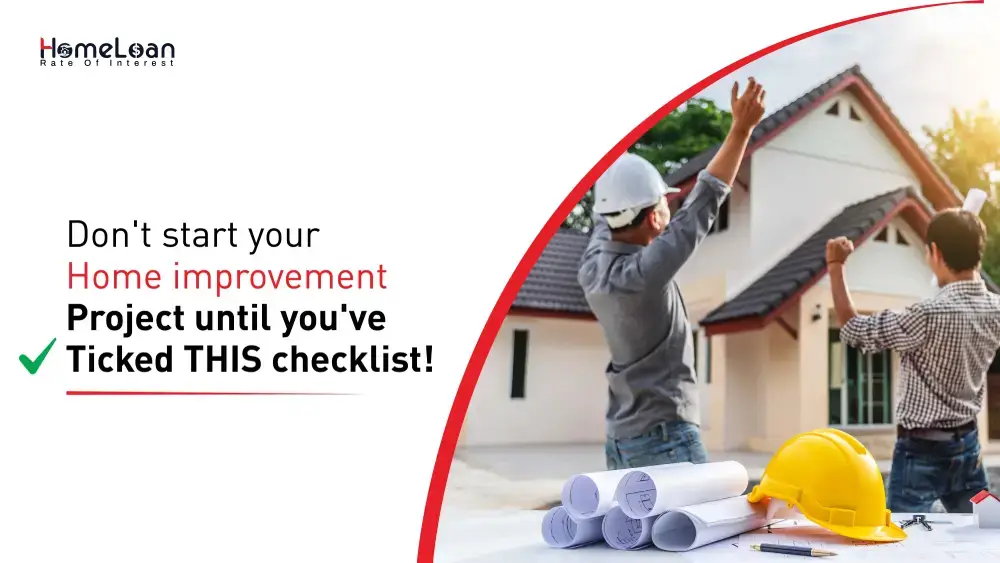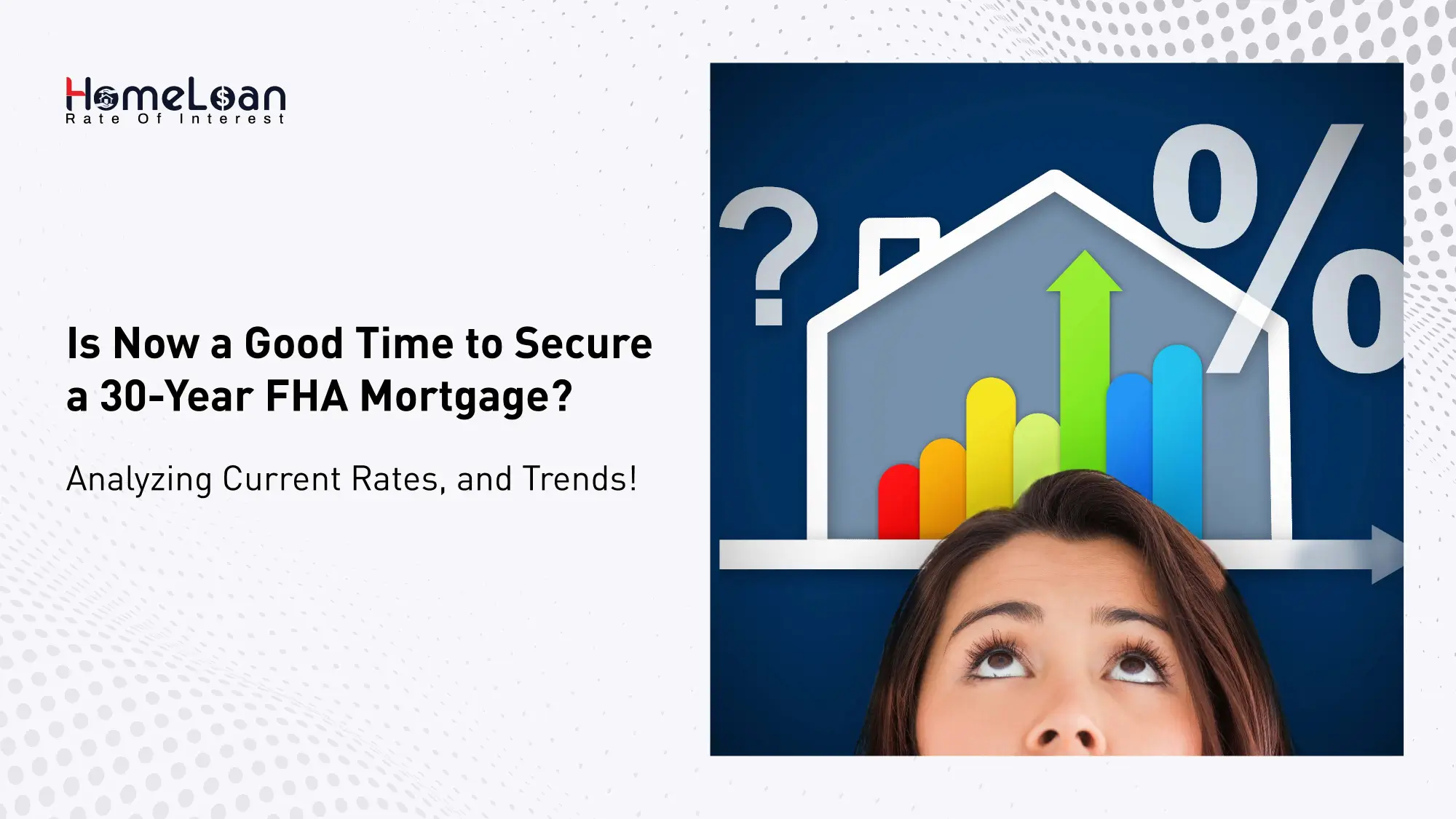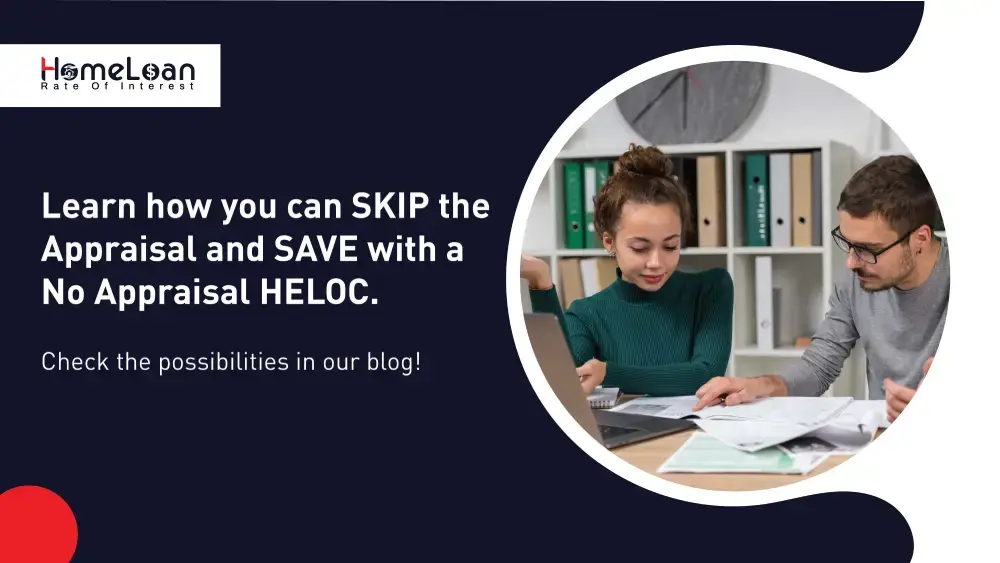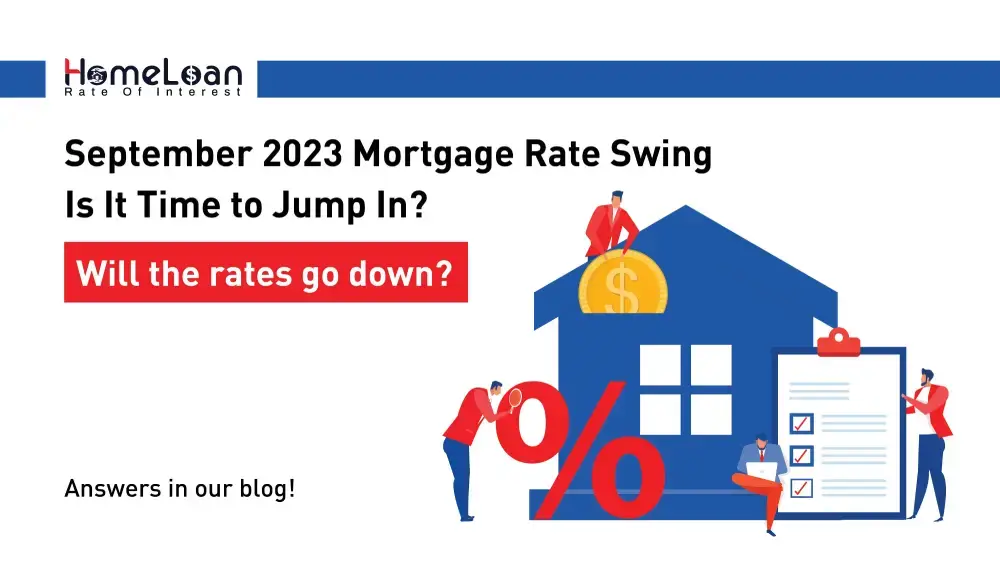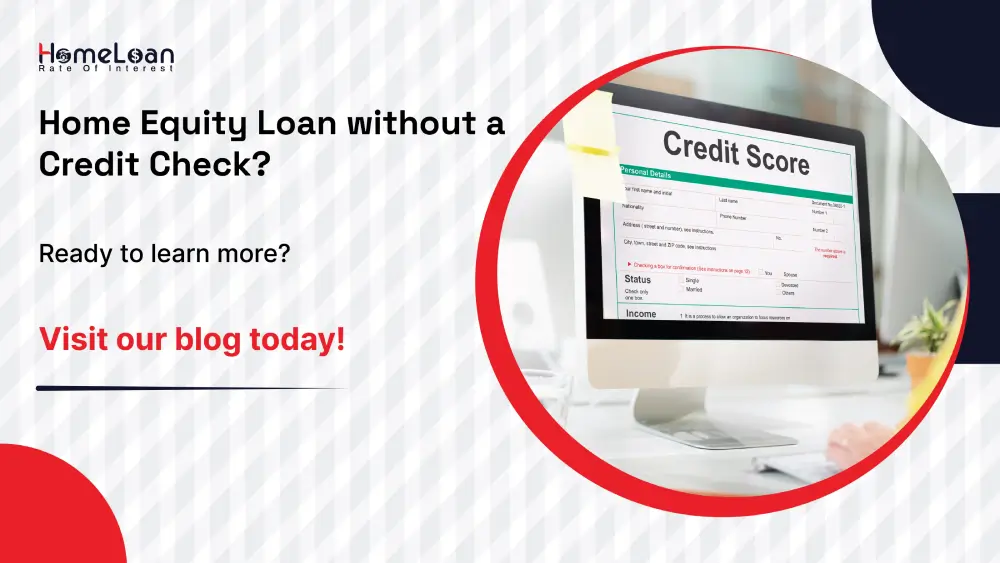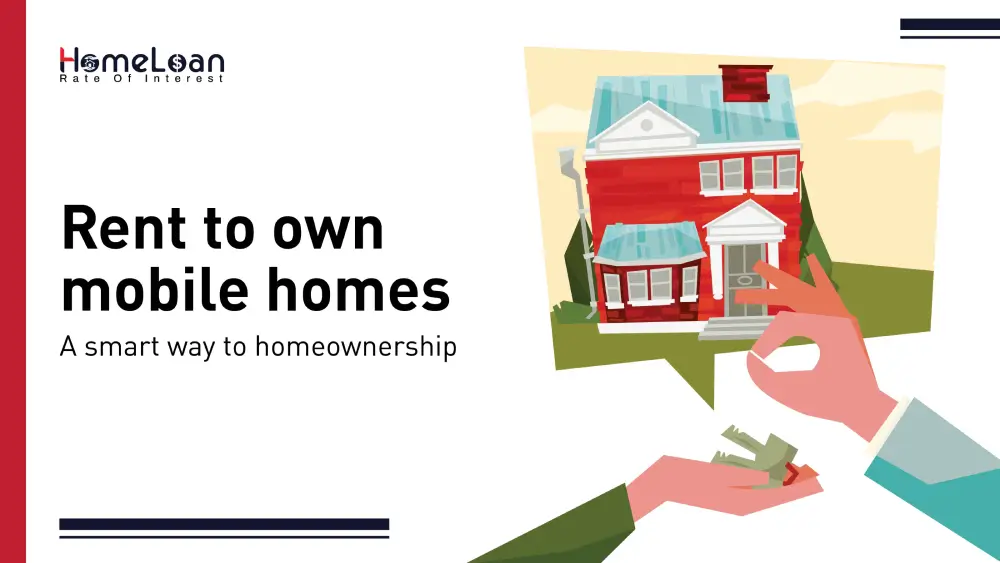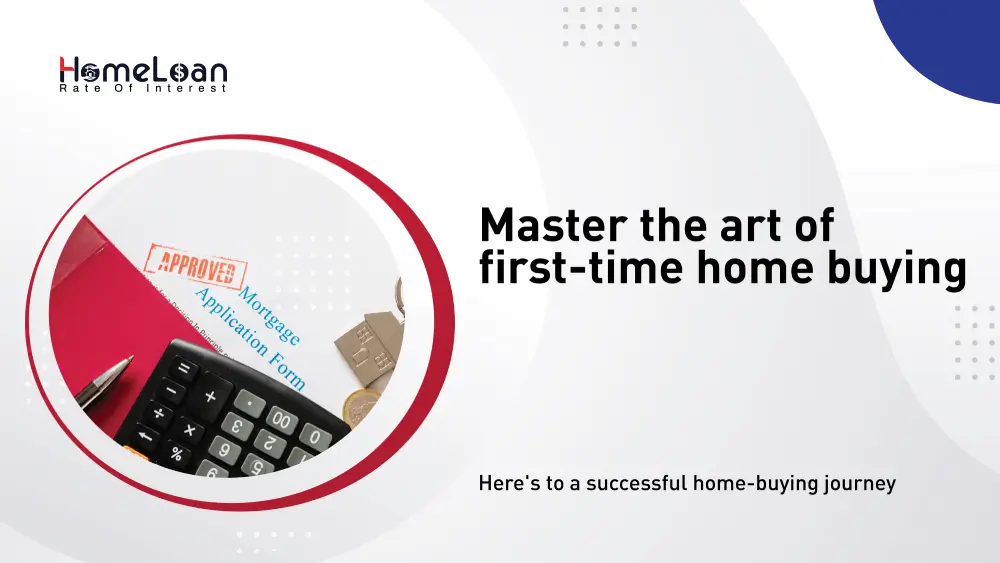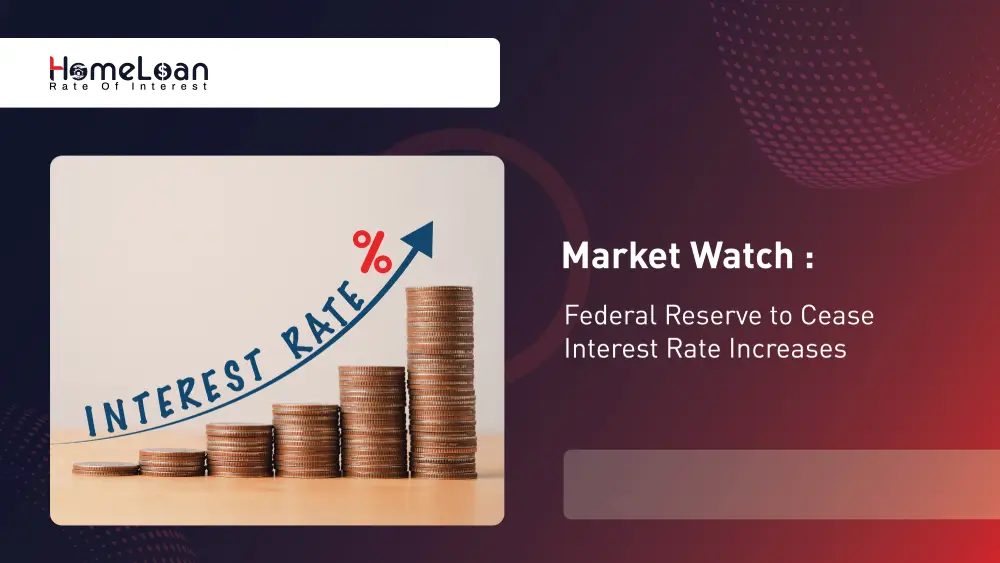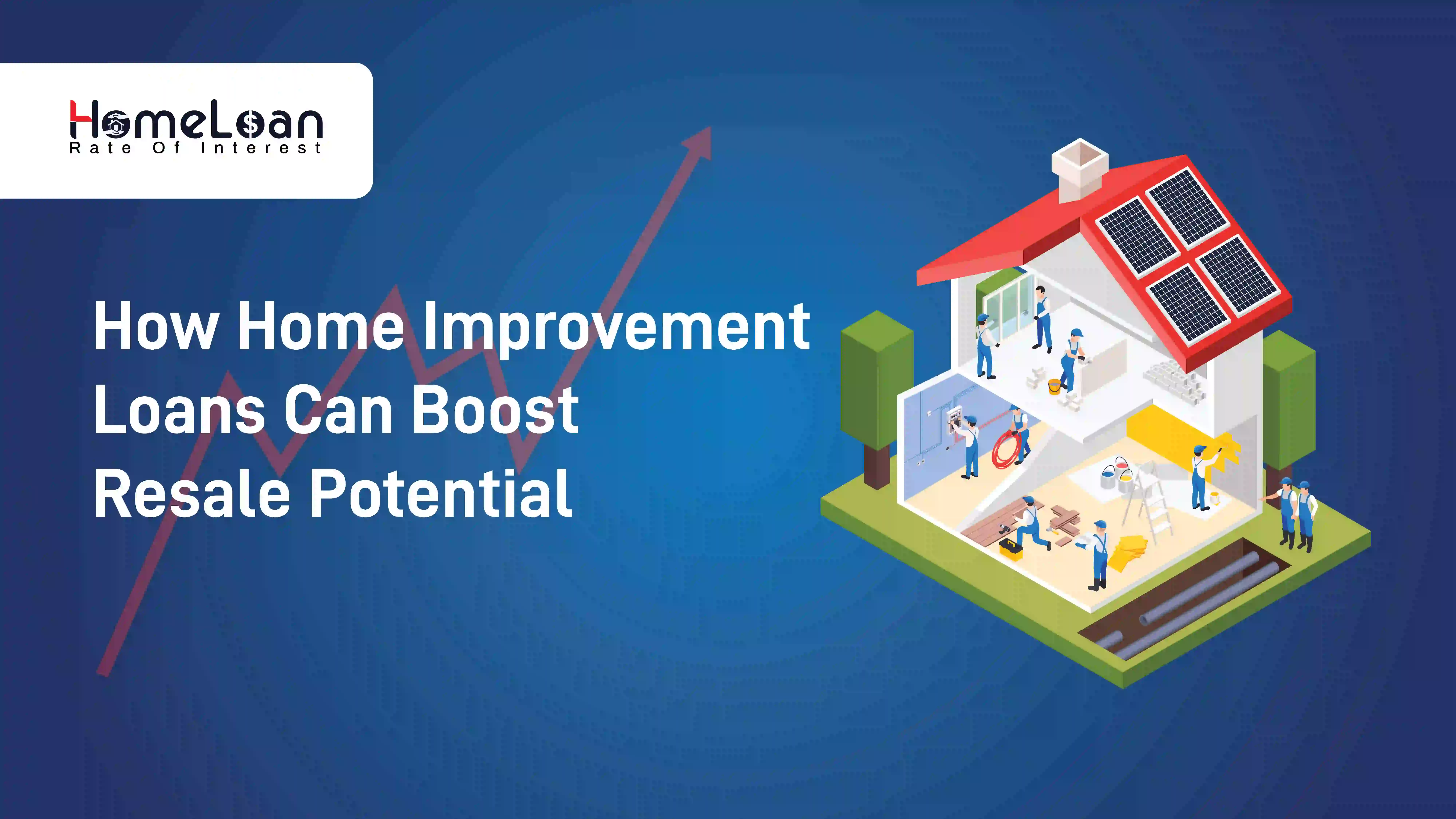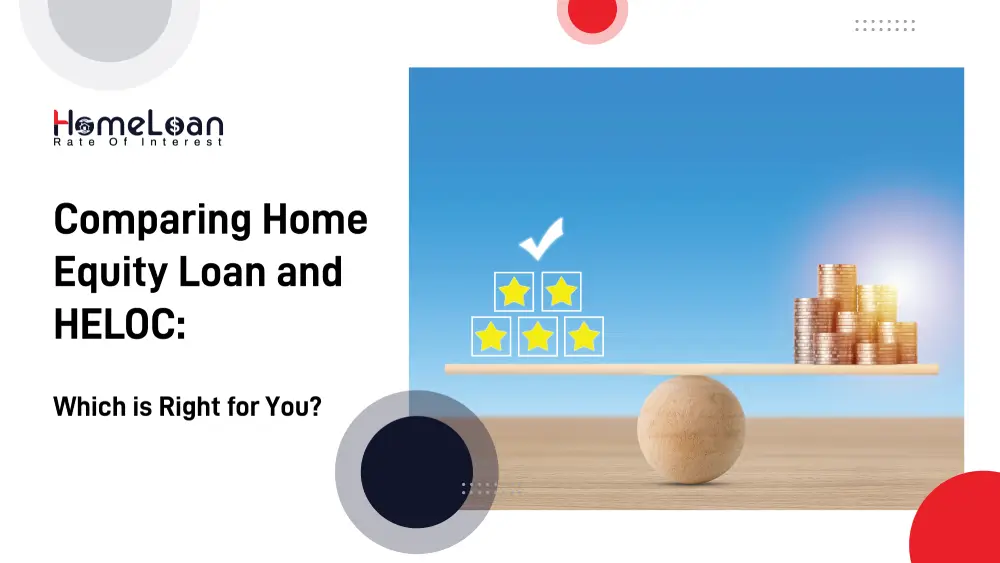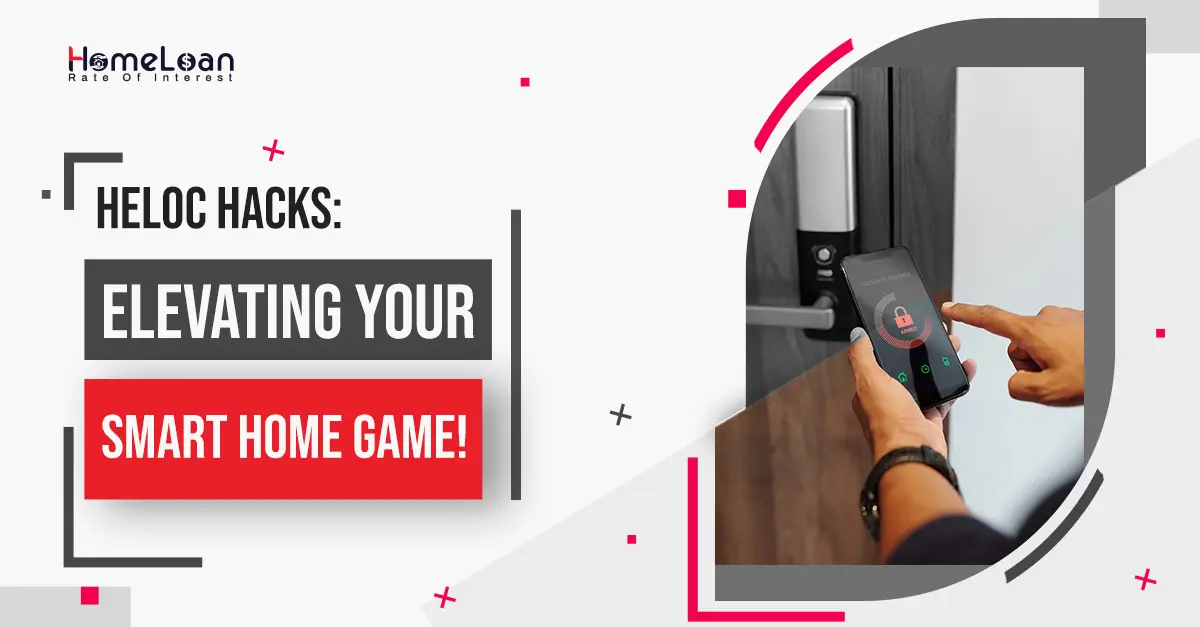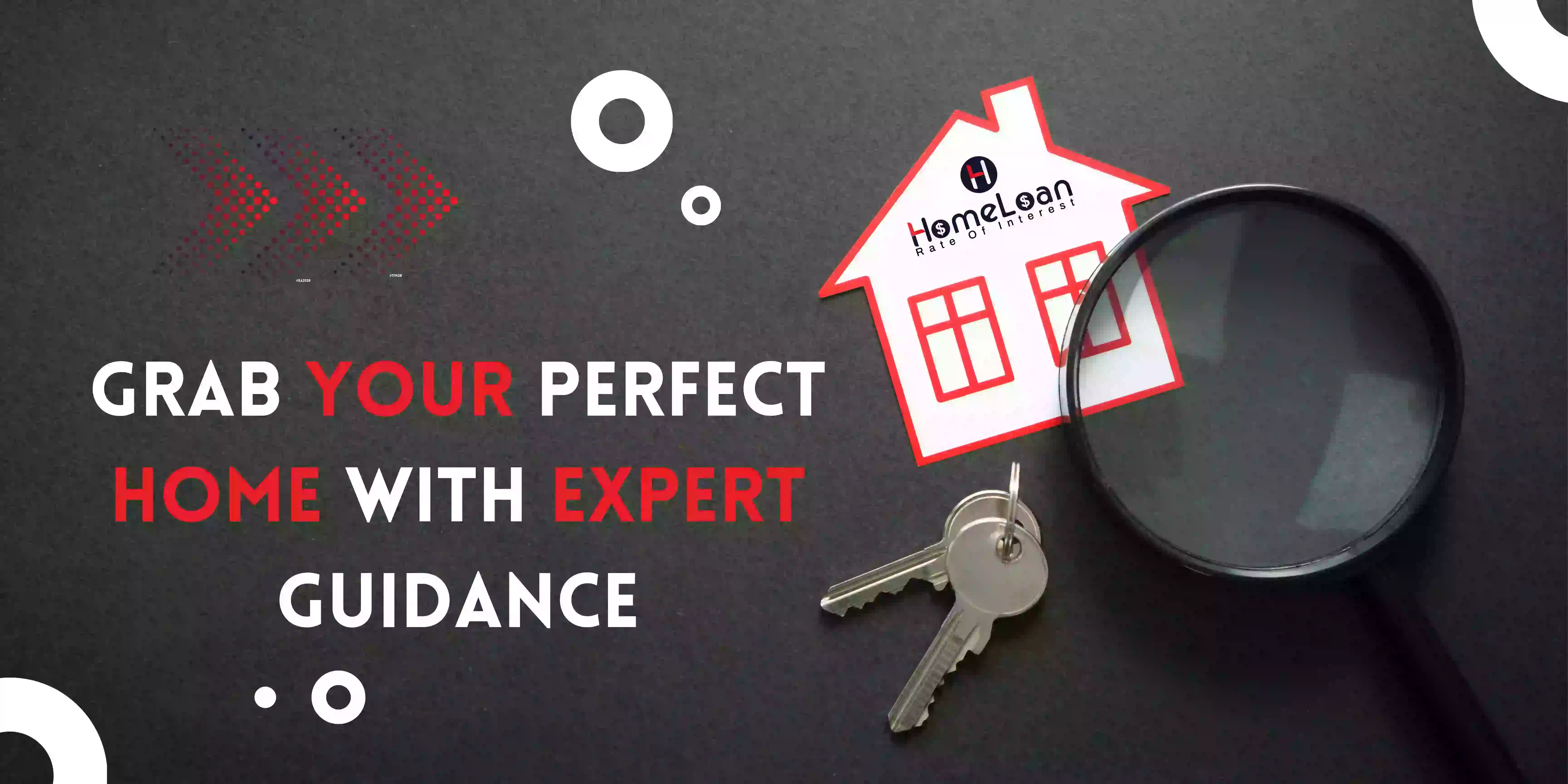
- 05 Oct, 2023
Is a No Appraisal HELOC Right for You? Assessing Your Financial Goals
Learn how to get your HELOC without appraisal
Tackling debts and accessing funds to meet your short-term or long-term financial goals without a HELOC is challenging in 2023! Whether you’d like to remodel your living space, or work studio, or consolidate your existing debts, a HELOC could be a best fit. Existing homeowners can utilize this incredible opportunity to use their accumulated equity and access funds swiftly. A HELOC process consists of various steps and one major step is the appraisal process.
It is one of the most critical steps when a professional appraiser comes to assess the value of your home. The traditional HELOC process makes you wait until you access funds to meet your financial goals. However, in recent years, a new option has emerged and that is HELOC without appraisal. Yes! You read that right. You get to skip the appraisal in the HELOC process in order to access funds quickly.
But, here’s the catch. As attractive as it sounds, is HELOC without appraisal the right choice to achieve your goals? In this blog, you will find answers to your questions and learn more about how you can make the most out of your home equity by assessing your financial goals.
Overview of HELOC
Home equity line of credit is one of the attractive options available for homeowners helping them to borrow against the equity in their homes.
-
An equity is the difference between your home's market value and the outstanding balance of your mortgage.
-
The amount of equity that you are eligible to access depends upon the equity available in your home, debt to income ratio, and your credit score.
-
To secure your HELOC successfully, your home will be used as collateral. When compared to other forms of credit cards and loans, you can potentially lock in competitive interest rates and it ultimately serves to be a relatively low-risk borrowing option for lenders
“Financial freedom is available to those who learn about it and work for it.”
- Robert Kiyosaki
The HELOC process
Obtaining a HELOC is not an easy task! There are systems and processes involved that you need to follow in order to complete your application smoothly. You need to go through every step to get your HELOC successfully. Here are some of the key steps to help you get started:
-
Check your financial situation
Determining your financial goals comes into play when you are assessing your financial goals. You need to understand the amount of funds you need in order to tap into the equity available in your home. Here you will decide if you need to borrow funds beyond your adequate means.
-
Research your lenders
Once you are done assessing your financial needs, the next step is to look around for lenders with a record of good testimonials and credibility. Compare offers by looking at the interest rates offered, their fees, and other factors.
-
Eligibility check
Once you choose your lender, they will assess your creditworthiness, income, and available equity in your home. Meeting these specific requirements will help you determine your eligibility to get a HELOC.
-
Home Appraisal
As mentioned above, lenders require a home appraisal to determine the market value of your home. Your role is not much in the appraisal process. Usually, a professional appraiser will visit your home and examine the exteriors, interiors, and fittings inside your home. Depending upon the size of your house and the appraiser’s work schedule, an appraisal report is generated.
-
Credit review
Here, the lenders will assess your creditworthiness and your ability to handle credit payments. Based on your credit history, they will determine if you qualify for a HELOC or not.
-
Approval of funds
If approved, you will receive all the terms and conditions for the new HELOC application. The terms will include the interest rate, credit limit, and draw period. Make sure that you carefully review before signing the approved application. Now, you can successfully get the necessary funds needed for the draw period.
What is a no appraisal HELOC?
As you guessed right from the name, this type of HELOC doesn’t require you to go through a long appraisal process. You can instead skip the appraisal process depending on the loan amount, loan-to-value ratio, type of property, and location.
Instead of a traditional appraisal process, lenders depend on other methods to determine your home's value. In the next section, let us discuss more about the different appraisal methods that are used to ascertain the property’s value.
Highlights of recent HELOC statistics
71% of homeowners plan to take out a home equity loan or line of credit (HELOC)
Top 3 reasons homeowners are taking out a HELOC:
-
35% for home improvement
-
15% for a major purchase
-
13% to pay off high interest loans
5 common Appraisal Methods
Here are different appraisal methods that are followed by HELOC lenders across the United States:
-
Full appraisal
In this method, your property is being inspected by a licensed appraiser, both inside and out. As discussed above, they then create a detailed report comparing the property to recently sold homes in and around your area. There are numerous home appraisal value factors considered under this type of appraisal process.
-
Limited Appraisal
Here, the appraiser inspects only the home's exterior and that is why they often refer to this as a drive-by appraisal. They examine any new home upgrades, and the condition of the property by glancing at it. Your appraiser also compares your home to that of other recently sold properties in the neighborhood.
-
Automated Valuation Method (AVM)
This appraisal method is mostly followed by lenders who promise faster access to funds as this enables them to go through the appraisal process much faster than usual. This is possible because of the use of automated intelligence, mathematical modeling, and historical data. They use various factors, including recent and historical average and median home sales figures, and neighborhood trends, to determine your home’s market value.
-
Tax-Equalized Value
In this method, a county tax assessor determines the assessed value based on the home's market value. Based on this, the figure can be adjusted using the state equalization factor to align with local taxation levels. This information can then help the lenders to estimate the market value by reverse engineering
-
Fair market value
FMV is the determination of your asset’s value when sold in an open market. The difference between an appraised value and a fair market value is that the FMV considers factors such as market conditions and location. For instance, if your home is located in an upscale neighborhood, you can expect to get a higher value and higher home equity loan rates.
Define your financial goals
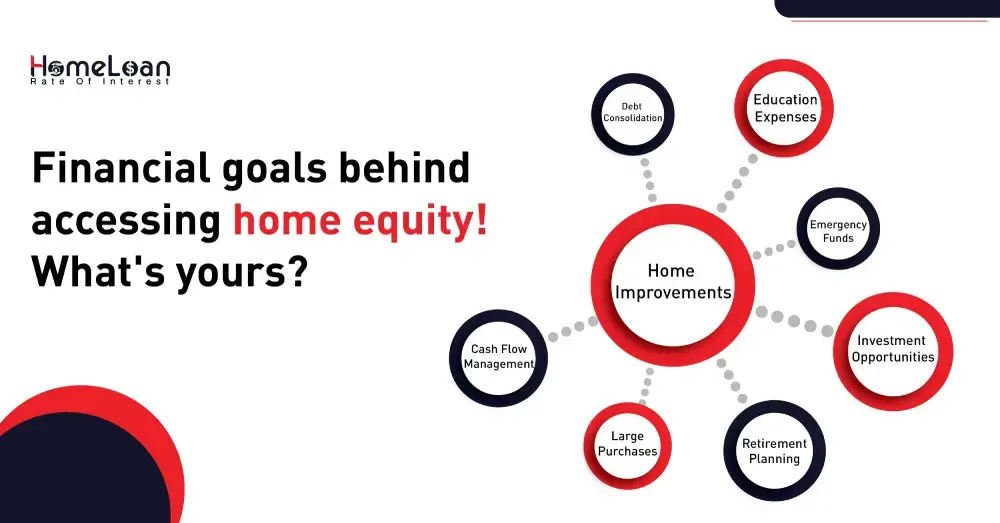
We love to make it easier for our readers to grasp quick information and make the right decisions. So, here we have some common financial goals that you need to consider before making the decision to access the equity in your home. Let’s go:
-
Home improvements
The Majority of people feel new and fresh after upgrading their living spaces. Some of them would like to increase or add extra comfort to their homes, or they would like to fix any deficiencies in their home. Whatever the reason, homeowners can use HELOCs effectively to fund home renovation or remodeling projects, increasing their property's value.
-
Debt consolidation
Finally closing that long-due debt is a relieving feeling for many individuals who have been in debt for a long time. Consolidating high-interest debts, such as credit card balances or personal loans, into a lower-interest HELOC can save you money and simplify your finances.
-
Education expenses
Those families who dream of gaining a top-class education from well-renowned universities can utilize their home equity to cover the cost of education for themselves or their children.
-
Emergency funds
Be it unexpected medical expenses or urgent home repairs, a HELOC can serve as a financial safety net, providing enough access to funds in case to tackle unexpected expenses.
-
Investment opportunities
If you have a great HELOC opportunity to tap into, you might as well utilize it to the best of your ability. The HELOC funds can be used to capitalize on investment opportunities, potentially generating additional income.
-
Retirement planning
Those who are looking to improve their lifestyle during their retirement and put their cash into income-generating investments, a HELOC can be a strategic tool for all seniors.
-
Big purchases
If you want to take that long-planned vacation to rejuvenate or need funds to get a new car, a HELOC is the way to go. You can get the necessary funds without the need to settle for high-interest loans.
-
Manage cash flow
If you are a homeowner with irregular cash flow, you can use HELOC the smarter way while keeping your commitments on track. A HELOC lets you manage finances and achieve financial flexibility.
Is a no appraisal HELOC right for you?
A no appraisal HELOC can offer your funds quickly but there are some drawbacks attached to this attractive option. Let’s see what they are:
-
When you skip the appraisal process, chances are your home’s value might not be appraised properly. So, the interest rates tend to be higher for those homeowners who would like to skip the HELOC process.
-
As there is no appraised value here, your borrowing capacity will be limited. This can disappoint the homeowners who were expecting a certain amount of funds to access.
-
Most of these no appraisal HELOCs are offered based on your credit scores, and debt-to-income ratio requirements. Lenders often expect a neat credit history in order to grant the funds without the appraisal.
-
Some homeowners are tempted to overborrow due to the simplified application process and quicker access to funds. They sometimes don't take the accountability to repay the HELOC on time due to their inability to meet higher credit.
You need to make sure you are borrowing appropriately based on the goals you have set. Your home’s equity might hold a higher value, but that doesn’t mean you need to drag the entire amount. Fix a financial goal, and assess how much will be required to meet that goal. Once you ascertain this, borrow only the required amount using a HELOC.
Make sure to be mindful while getting your HELOC without appraisal, as there are advantages and drawbacks associated with it. The decision to go for a no appraisal HELOC should be made with careful consideration and a clear understanding of how it fits into your financial situation.
If you need additional guidance to achieve your financial goals and enhance your financial well-being, get in touch with mortgage specialists at Home Loan Rate of Interest.
